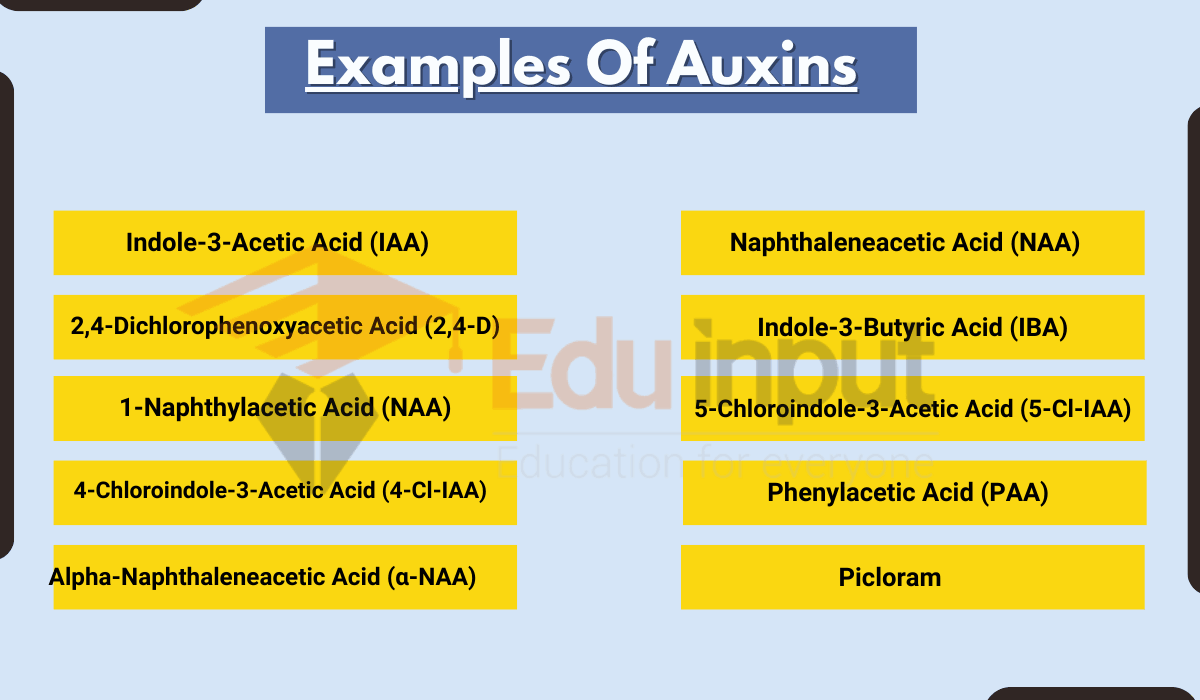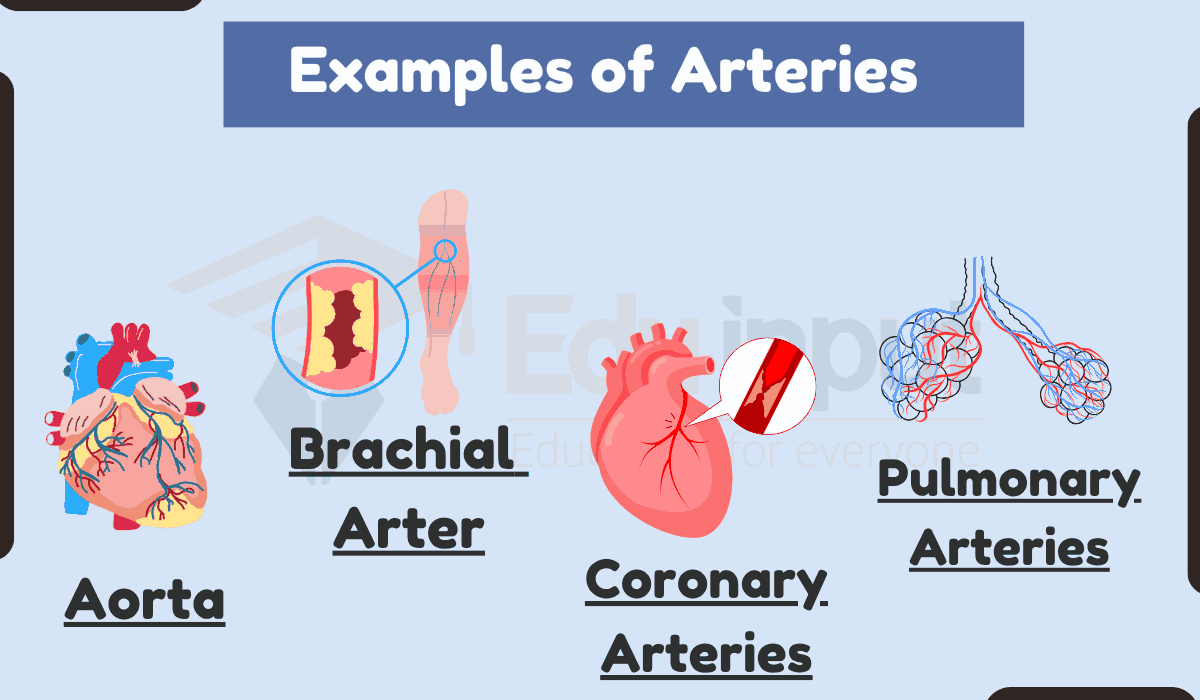20 Examples of Unicellular Organisms
Unicellular organisms are living organisms that are made up of a single cell. Amoeba, Euglena, Paramecium, and some bacteria are few examples of unicellular organisms.
Examples of Unicellular Organisms
1. Amoeba
Habitat: Freshwater environments, soil, and marine environments.
Characteristics: Pseudopodia for movement and feeding, heterotrophic, lack a fixed shape.
2. Paramecium
Habitat: Freshwater environments, including ponds and streams.
Characteristics: Ciliated for locomotion and feeding, heterotrophic, well-defined oral groove.
3. Euglena
Habitat: Freshwater environments, especially stagnant water.
Characteristics: Contains chloroplasts for photosynthesis, possesses a whip-like flagellum for movement.
4. Chlamydomonas
Habitat: Freshwater and soil, also found in damp habitats.
Characteristics: Unicellular green algae, contains chloroplasts for photosynthesis, has two flagella.
5. Plasmodium
Habitat: Inside host organisms, causes malaria.
Characteristics: Intracellular parasite, responsible for transmitting malaria through mosquitoes.
6. Giardia
Habitat: Intestinal tracts of mammals, often in contaminated water.
Characteristics: Causes giardiasis, pear-shaped with flagella for movement.
7. Trypanosoma
Habitat: Bloodstreams and tissues of vertebrates, causes various diseases.
Characteristics: Flagellated, responsible for diseases like African sleeping sickness.
8. Stentor
Habitat: Freshwater environments, attached to surfaces.
Characteristics: Large ciliated protozoa, trumpet-shaped appearance, heterotrophic.
9. Dictyostelium
Habitat: Soil and decaying organic matter.
Characteristics: Can exist as solitary cells or aggregate to form multicellular structures under certain conditions.
10. Cyanobacteria (Blue-Green Algae)
Habitat: Various aquatic environments, including freshwater and marine.
Characteristics: Photosynthetic, responsible for producing oxygen, can form colonies.
11. Diatoms
Habitat: Aquatic environments, including both freshwater and marine habitats. Characteristics: Single-celled with intricate silica shells, major part of phytoplankton.
12. Radiolaria
Habitat: Marine environments, particularly in surface waters.
Characteristics: Possess intricate mineral skeletons, use pseudopodia for feeding and movement.
13. Foraminifera
Habitat: Marine environments, often in sediment on the seafloor.
Characteristics: Have shells made of calcium carbonate, used in paleontology studies.
14. Volvox
Habitat: Freshwater environments, forming spherical colonies.
Characteristics: Colonial green algae, each cell has a pair of flagella for movement.
15. Tetrahymena
Habitat: Freshwater environments, especially in ponds and ditches.
Characteristics: Ciliated, heterotrophic, often used in biological research.
16. Vorticella
Habitat: Freshwater environments, attached to surfaces.
Characteristics: Bell-shaped ciliate, anchored by a stalk, can retract quickly.
17. Leishmania
Habitat: Inside host organisms, causes leishmaniasis.
Characteristics: Parasitic protozoa transmitted through sandfly bites.
18. Trichomonas
Habitat: Genital and urinary tracts of humans and animals.
Characteristics: Parasitic, flagellated, can cause infections like trichomoniasis.
19. Entamoeba
Habitat: Intestinal tracts of humans and animals.
Characteristics: Parasitic, cause amoebic dysentery and other infections.
20. Microsporidia
Habitat: Inside host cells, infect various organisms.
Characteristics: Intracellular parasites with simplified cells lacking mitochondria, cause opportunistic infections.

 written by
written by 



Leave a Reply